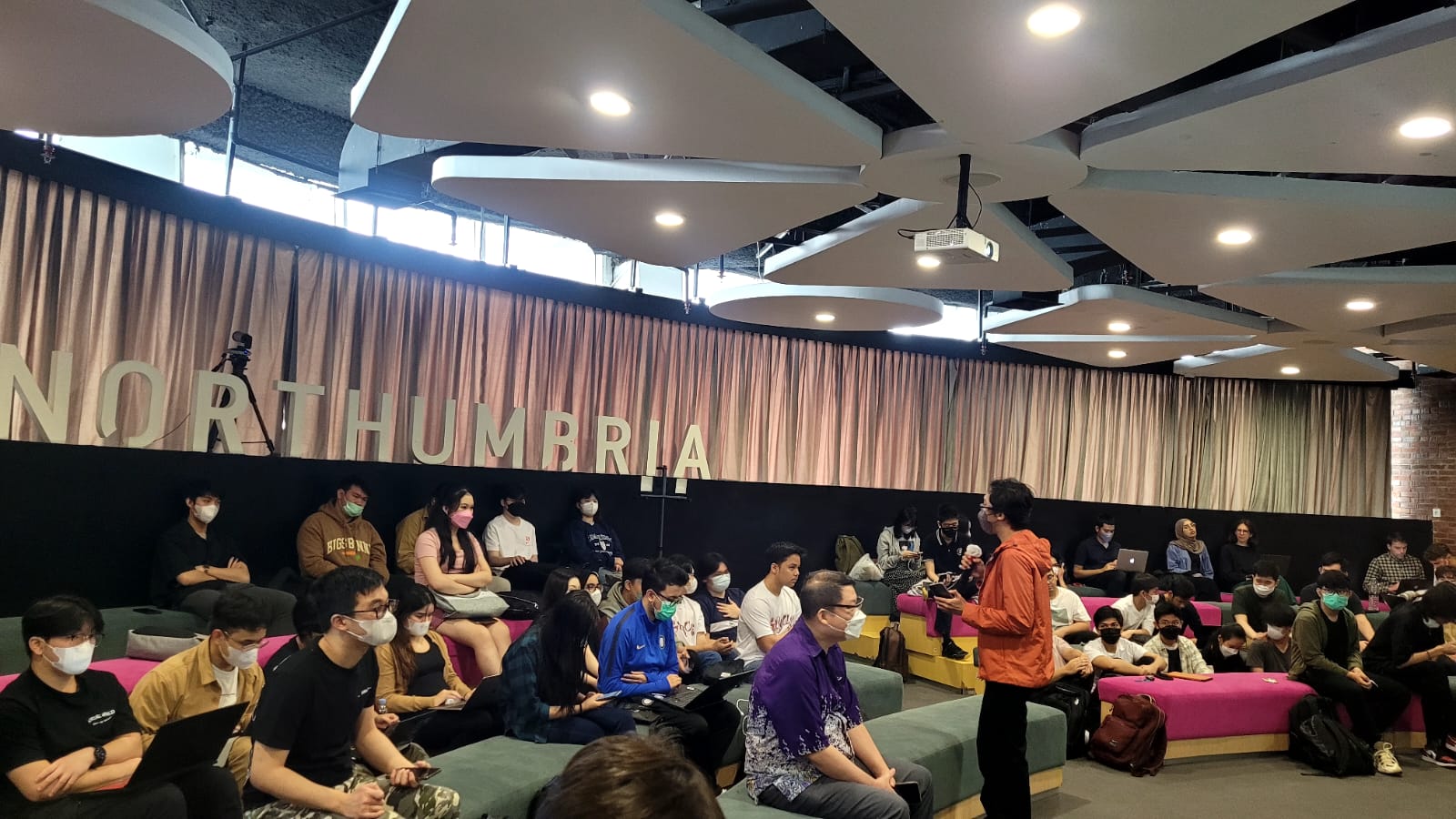Mastering Digital Photography Techniques

Audrey Darmawan
Photography is made up of two words combined together, which is “photos” and “graphos”. The word “photos” has the meaning of light and the word “graphos” has the meaning of writing/drawing/picture which makes the word “photography” have the meaning of drawing with light. Meanwhile digital has the definition of electronic technology that uses discrete values, generally zero and one, to generate, store, and process data. Digital photography is described as a form of image capture and processing that involves taking pictures with a digital camera, smartphone, or any other digital devices, and rather than using photographic film, the images that were captured are in a form of digital files which then can be stored on the computer or other devices.
Digital photography needs a digital camera which is different from the regular cameras. These digital cameras consist of a few types of camera which are DSLR, mirrorless, point and shoot, bridge, action camera, 360-degree camera, and underwater camera. These 7 types of digital camera, each has a different use.
- DSLR Camera
The DSLR camera uses an automatic mirror system and a pentaprism or pentamirror to pass light from the lens to the viewfinder. The DSLR camera also has a large body which makes the DSLR camera make a good balance with the weight and size of the lens. It is one of the ideal cameras for various positions and needs.
- Mirror Camera
The mirror camera has no mirror or pentaprism. So, light will pass through the lens and directly onto the sensor which then displays a preview of the image on the LCD screen or on the electronic viewfinder (EVF). Mirrorless cameras have a smaller body than DSLR cameras which makes the mirror camera suitable for beginner photographers.
- Point and Shoot Camera
The point and shoot cameras eliminate the need for manual adjustments such as shutter speed, aperture, focus, and ISO. These devices are suitable for beginners in photography as they are fully automated.
- Bridge Camera
The bridge camera is called bridge camera because they bridge pocket camera users to get better features and quality close to DSLR cameras. Bridge cameras are equipped with DSLR-like settings and can also be used automatically like a typical pocket camera.
- Action Camera
Action cameras are cameras that are often used to support outdoor activities. Usually these cameras are more resistant to extreme environments and can be taken diving in the water such as the GoPro action camera. It has a compact size which makes it easy to carry around.
- 360-Degree Camera
The 360-degree camera is capable of taking photos that have many POIs (points of interest) and it is equipped with 36 lenses, it can even produce photos with a total maximum resolution of 108 MP. This type of camera is suitable for taking pictures of natural scenery, room scenes, and other situational photos.
- Underwater Camera
The underwater camera is a type of camera that is used to record underwater activities. Usually, it has excellent durability in water depths, and can even withstand low temperatures.
After the camera is all set, we can go to the techniques of mastering digital photography. These are a few tips and techniques of mastering digital photography such as trying different angles, step out of auto mode, understand the use of ISO, understand light, experiment with new things, learn about post processing, and lastly practice a lot. As a photographer or someone who wants to be good at photography, we should know that photography needs inspiration and we need to explore new things such as exploring new angles and experiment with things that are either the photography style or maybe the photography techniques. Photographers should also know about the use of ISO and understand it. The ISO determines how sensitive the sensor is on your digital camera which gives a lot of flexibility to shoot under various light conditions and if you set the ISO manually, it will have an impact on the result of your picture. And by that, we should also understand the role of light in our pictures, because light is the raw material in photography. Then we have to learn about the post processing because at the post processing stage, photographers get to the picture that they want by adjusting the component of the picture. And lastly, we have to practice a lot to be able to master techniques and understand more on how our camera works.

